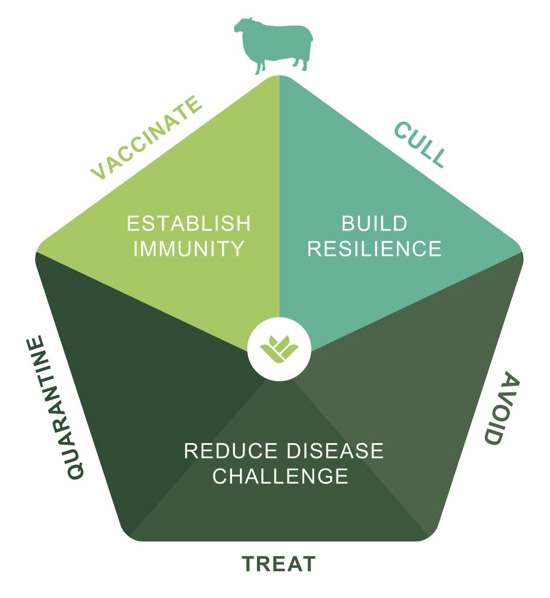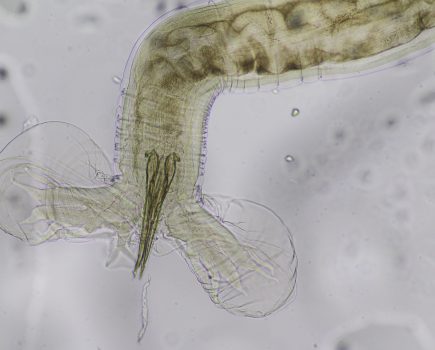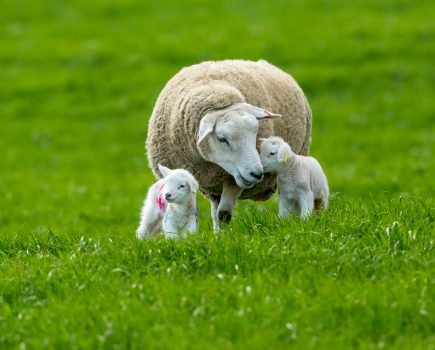The weather has turned, and we are finally seeing some rain. I know, it’s been a while! Autumn block calving is coming to an end for most, and tups are being put in with the ewes. At this time of the year we may get phone calls from sheep farmers asking for treatment and advice on their lame sheep, writes Claire Thorpe BVM&S MRCVS of Cliffe Veterinary Group.
We have had an incredibly dry summer, but now the ground is beginning to get wet under foot and these are prime conditions for the spread of the bacteria that causes scald and footrot in sheep; Dichelobacter nodosus. Lameness in sheep is a serious problem on some farms and it not only has welfare implications but can cause significant production losses, so there is both a physical and financial impact.
The most common causes of lameness are:
- CODD: (Contagious Ovine Digital Dermatitis), caused by the Treponema species of bacteria. Ulcers begin at the coronary band and then horn becomes under run from top to bottom, sometimes falling off completely)
- Foot rot: caused by the bacteria Dichelobacter nodosus, present on 97% of farms
- Scald: early foot rot, caused by Dichelobacter nodosus
- Toe granuloma: common on farms where foot rot and CODD are present
- Toe abscess: occurs when the hoof wall is punctured; white line separation leads to abscess forming in the foot
- Shelly hoof: cause unknown but possibly due to wet or uneven ground and/or nutritional imbalances.
To control lameness on the farm, not only do you have to maximise foot health and build resilience, you must also limit the burden of infection to enable sheep to avoid infection and put the sheep in the best place to fight infection by establishing immunity through the right nutrition and vaccination.
Using the five point plan to help to control lameness in your flock:
1. Cull: Cull repeatedly infected sheep or those unresponsive to treatment. This will build resilience in the flock.
2. Quarantine: Bought-in sheep should be quarantined for a minimum of 28 days and foot bathed every five days in either 3% formalin or 10% zinc sulphate.
3. Treat: Treat as soon as lameness is seen and the cause identified. Disease spreads quickly.
4. Avoid: Improve under-foot conditions in high traffic areas and lime these high traffic areas. Clean handing systems after use. Grazing management, breeding and housing management Is important.
5. Vaccinate: Talk to your vet about if and when to vaccinate on your farm. Timing usually coincides with high-risk periods.
Controlling lameness on your farm will improve productivity. Unfortunately, there is not one answer for all farms; that would be too simple. Lameness control strategies should be tailored to individual farms. Get in touch with your vet if you would like to discuss how the five point plan could be used on your farm to help control lameness.








